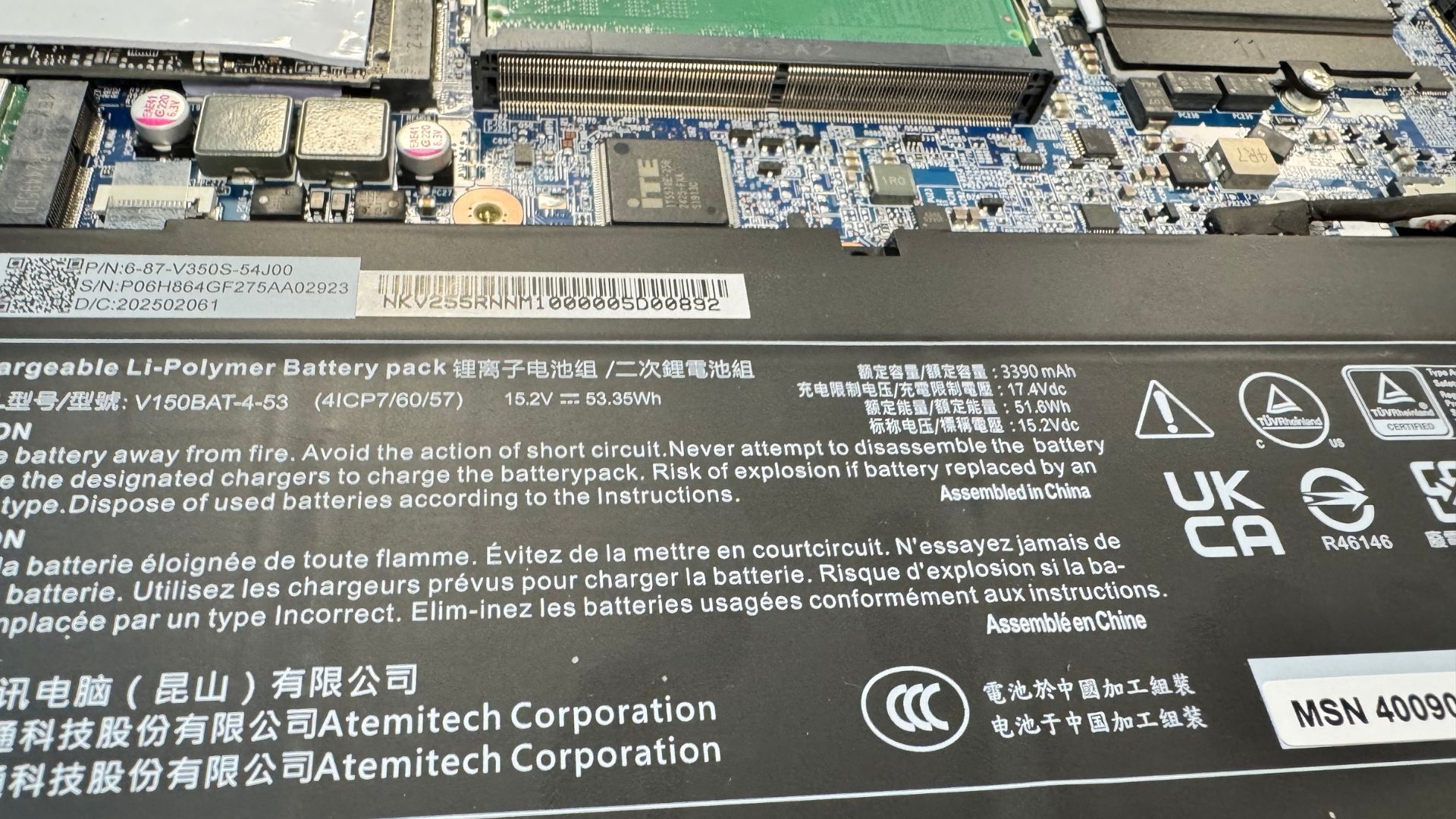
New MIT Research Paves the Way for Next-Gen Faster-Charging Batteries
A breakthrough study from MIT promises quick implementation of improved battery technology to enhance charging speeds and longevity.
Whether it’s handheld devices or larger applications like electric vehicles, there is a universal need for batteries that charge faster, have extended lifespans, and store greater energy. Recent research from the Massachusetts Institute of Technology (MIT) unveils a new mathematical model, which could effectively guide engineers in developing next-gen battery technology. This model isn’t just theory; it’s based on real experimental findings.
MIT’s research team, which comprises engineers, mathematicians, and materials scientists, focused on lithium-ion intercalation, the vital electrochemical process in batteries found across many modern devices.
Charging these batteries involves lithium ions being moved from an electrolytic solution and forced into a solid electrode under voltage. The conventional prediction method, known as the Butler-Volmer equation, is insufficient as it frequently leads to discrepancies, necessitating extensive trial and error during battery production.
The researchers reviewed over 50 unique electrolyte and electrode combinations to establish a database of viable parameters. They introduced a new mathematical model based on coupled ion-electron transfer theory, which aligns more closely with real-world battery performance, thus allowing manufacturers to adjust their designs to enhance charging rates and longevity.
This advancement is notable because it provides a flexible framework that can influence existing battery technologies without requiring a complete shift in manufacturing methods, and it can be applied immediately, with the potential for significant improvements in battery performance noted by the scientific community.
